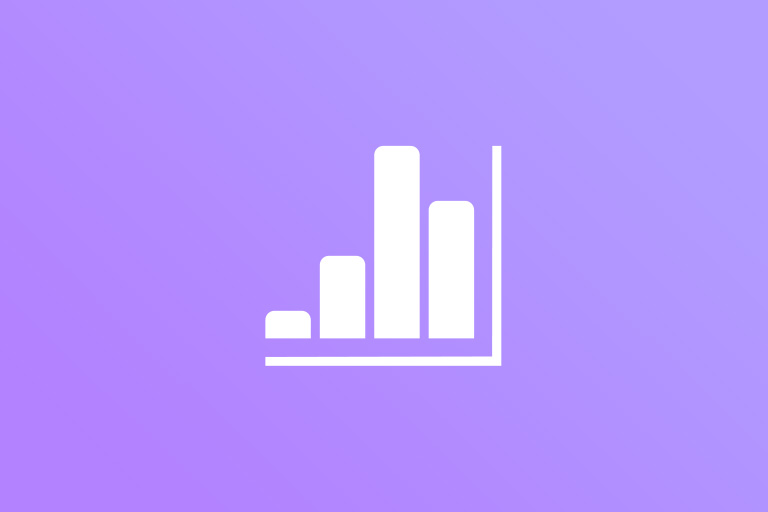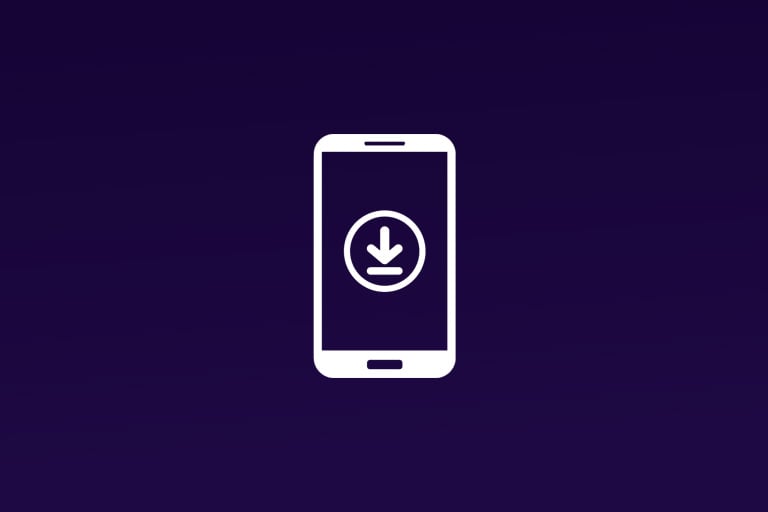Improving your App Marketing Performance is a comprehensive process that requires a strategic approach. Here's a more detailed breakdown of the strategies mentioned:
App Store Optimization (ASO)
ASO is the process of optimizing your app's presence on the app store to improve its visibility and increase organic downloads.This involves:
● Title Optimization: Choose a title that is unique, descriptive, and includes relevant keywords.
● Description Optimization: Your description should clearly convey the app's features and benefits, incorporating relevant keywords for searchability.
● Keyword Optimization: Identify and use keywords that potential users might use when searching for apps similar to yours.
● Visuals Optimization: Use compelling screenshots, logos, and videos to showcase your app's features and user interface.
● Review Management: Encourage users to leave reviews and respond to them regularly, especially to negative reviews, to show that you value user feedback.
Improve User Experience
A user-friendly app that provides value will have higher user engagement and retention rates. This involves:● User Interface (UI): The app should be visually appealing and easy to navigate.
● User Experience (UX): The overall user experience should be smooth, with minimal bugs and crashes.
● Value Proposition: Your app should clearly provide value to the users, meeting their needs or solving a problem they have.
● Regular Updates: Regularly update your app to fix bugs, add new features, and improve the overall user experience.
Run Effective Marketing Campaigns
Promote your app through various marketing channels.This involves:
● Social Media Marketing: Use platforms like Facebook, Twitter, Instagram, and LinkedIn to reach your target audience.
● Email Marketing: Send regular emails to your subscribers with updates, offers, and news about your app.
● Content Marketing: Create valuable content related to your app to attract and engage users.
● Paid Advertisements: Use paid ads on social media, Google, and other platforms to reach a larger audience.
Use Analytics
Use analytics tools to track your app's performance and make data-driven decisions.This involves:
● Performance Tracking: Regularly track your app's KPIs to understand how it's performing.
● User Behavior Analysis: Understand how users are interacting with your app - what features they use, when they use the app, etc.
● A/B Testing: Test different versions of your app or marketing campaigns to see what works best.
Engage Users
Keep users engaged with your app to increase retention and in-app purchases.This involves:
● Push Notifications: Regularly send push notifications with updates, offers, etc.
● In-App Messages: Use in-app messages to guide users, provide information, or promote offers.
● Personalized Content: Personalize the user experience based on user behavior, preferences, and data.
Encourage User Reviews
Positive reviews can improve your app's reputation and visibility.This involves:
● Requesting Reviews: Politely ask users to leave a review after they have used the app for a while.
● Responding to Reviews: Regularly respond to reviews, especially negative ones, to show that you value user feedback.
Monitor Competitors
Keep an eye on your competitors to stay ahead.This involves:
● Competitor Analysis: Regularly analyze your competitors' apps - their features, marketing strategies, user reviews, etc.
● Market Trends: Stay updated with the latest trends in the app market to keep your app relevant.
Retention Strategies
Implement strategies to retain users and increase their lifetime value.This involves:
● Loyalty Programs: Implement programs that reward users for their loyalty - discounts, points, etc.
● Personalized Content: Personalize the user experience to make users feel valued and increase their engagement with the app.
● Customer Service: Provide excellent customer service to address user issues and improve user satisfaction.







